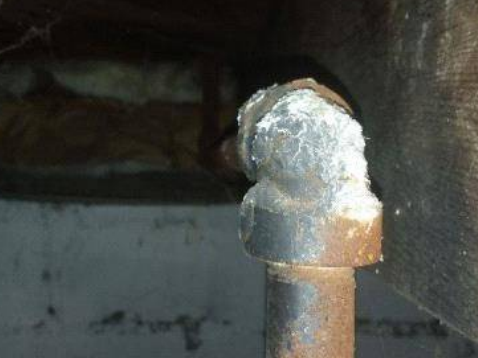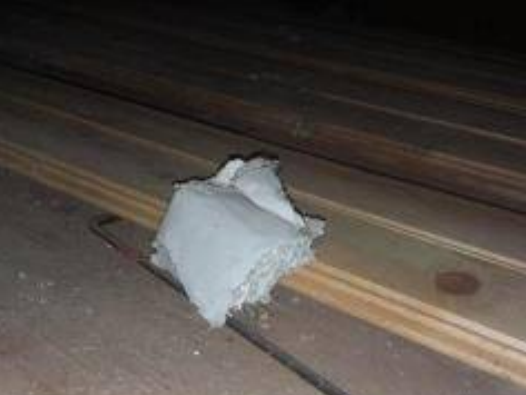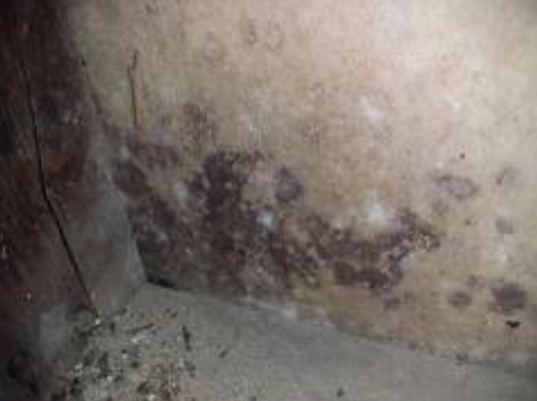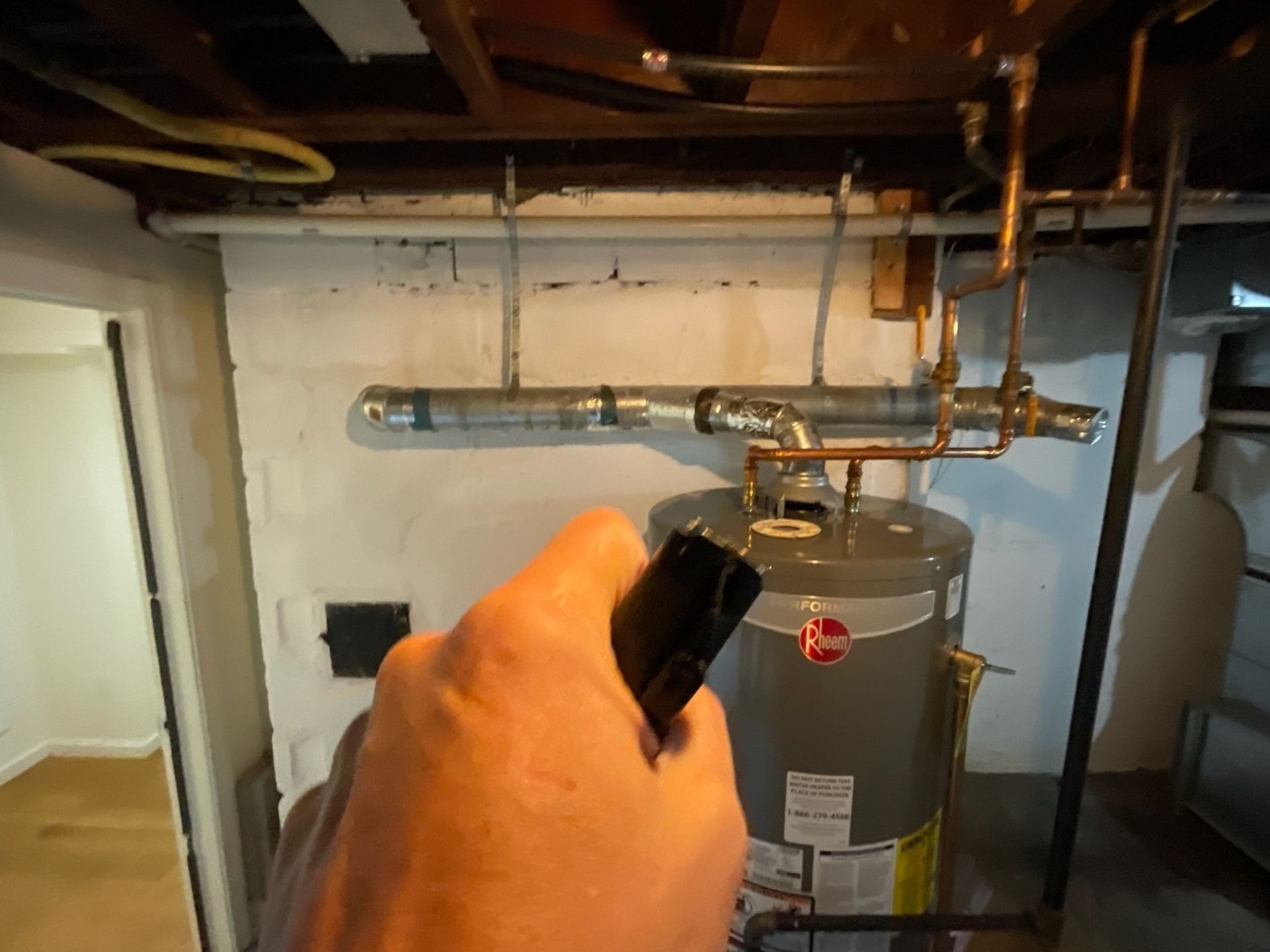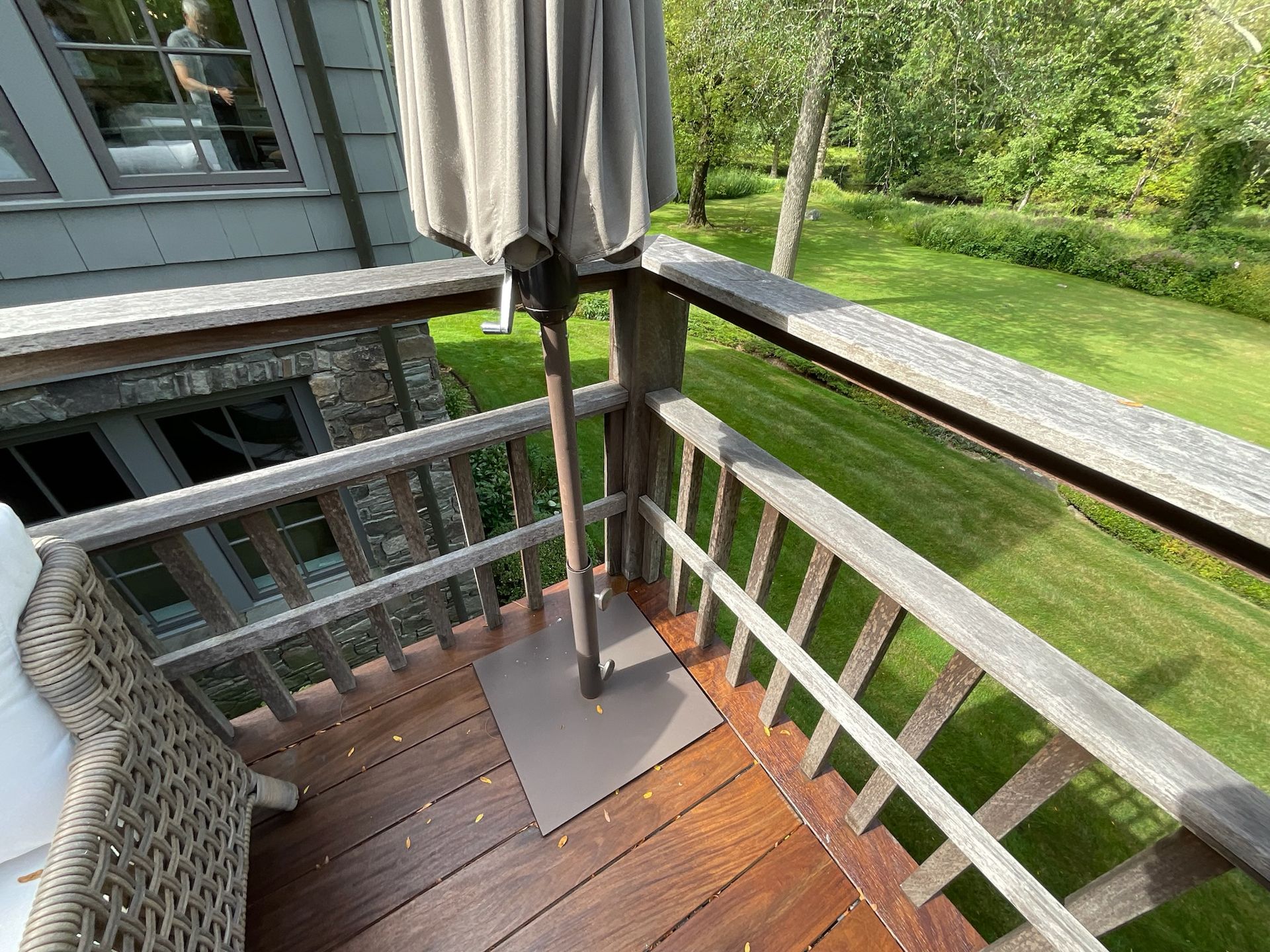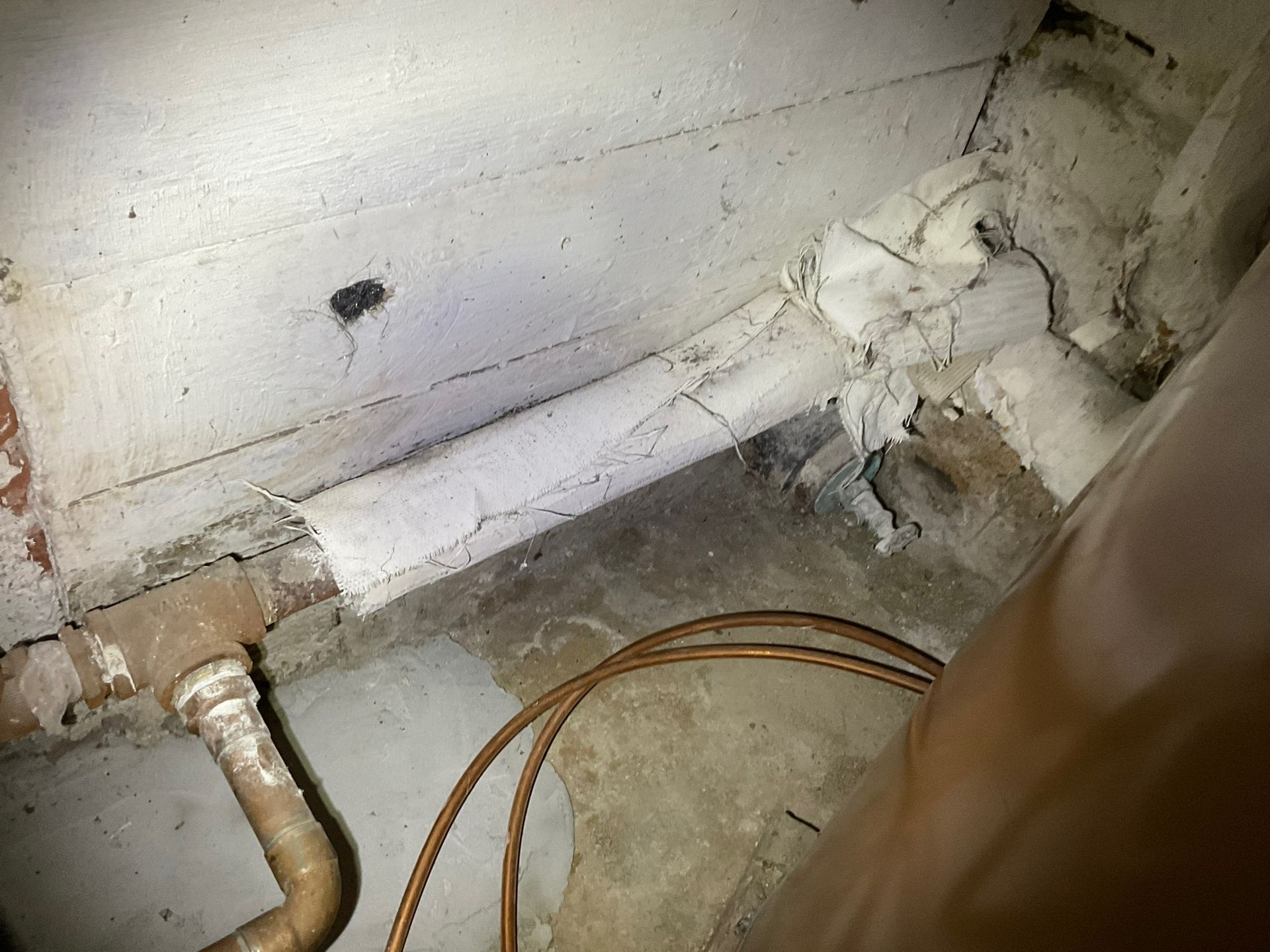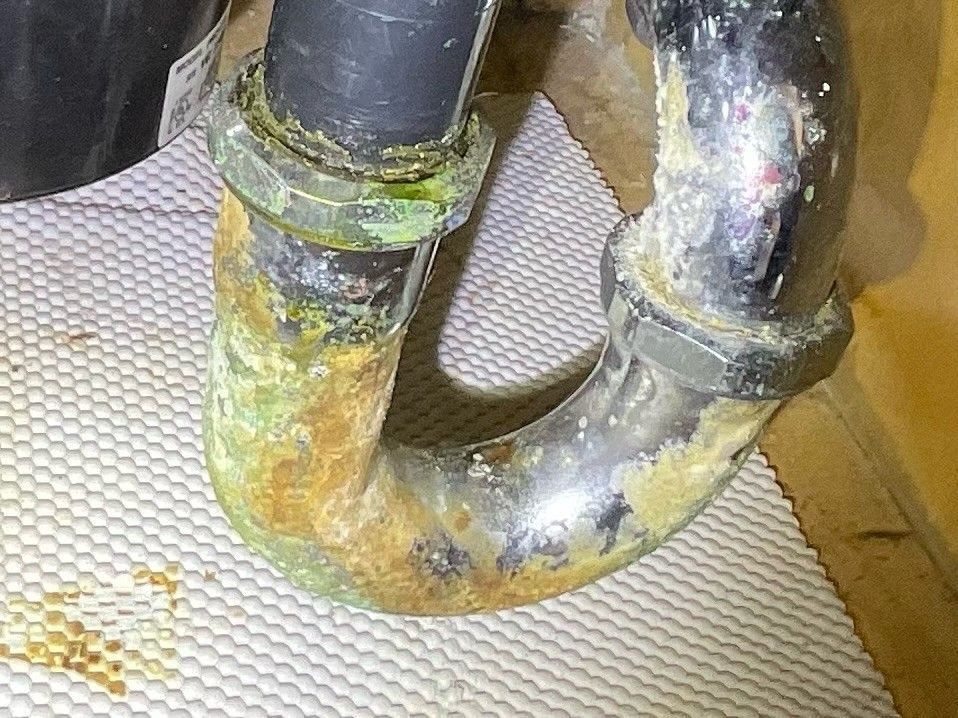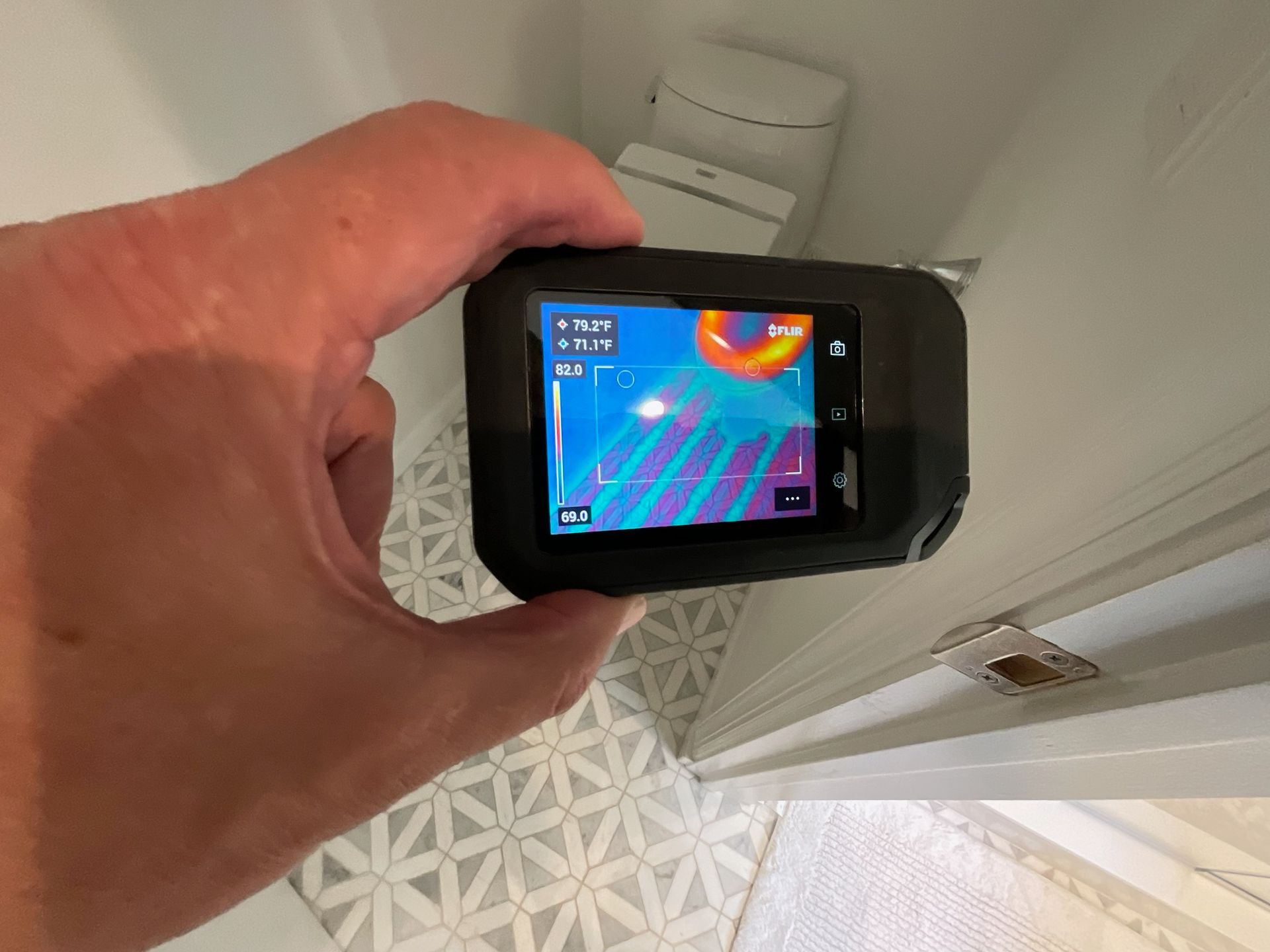Rule #1... Avoid the Introduction of Drama When Inspecting
I did a pre-sale inspection for a seller about a year ago on a house built in 1941. A few days ago, I got a call from the seller telling me that the buyer's inspector flagged instances of both asbestos and mold in his report and asked me how I missed it. I take about 600 pictures on a medium sized home, so I went back to the archives and looked carefully through all of them. I saw nothing which would lead me to believe that I missed either.
I asked for photos of the impacted areas and the owner sent the three below. The first was titled "residual insulation material on the pipes", the second was "a piece of old pipe insulation found laying on the floor", and the third was "Mold-like spots and or discoloration are observed on the wall between the garage and basement". As a reminder, the basement was very old and unfinished.
I thought both cases of asbestos were strange. For one, they were out of context. Even if the heating pipes did have asbestos insulation on them at one time, why would there be fuzzy material left on one joint if all of the other asbestos was cleaned? In addition, why would there be a big chunk of asbestos insulation just laying on the basement floor? Where did it come from? It didn't make sense to me.
As for the "mold", it wasn't the prettiest piece of sheetrock, but it seemed more stained from age and less moldy. Even if it was mold, the spots only covered about 2 feet x 2 feet. Environmental specialists don't want to get involved unless there is at least 10 sq feet As long as the wall is dry, it can be treated, and then painted. If it stays dry, then the mold problem is no longer a problem.
To make a long story short, the inspector flagged these items for follow-up by an environmental specialist. The buyer hired a specialist and when the specialist came to visit, he issued a clean bill of health citing no evidence of asbestos or mold. What happened here, and how could 48 hours of chaos and drama been avoided not to mention additional testing fees?
This inspector is partially to blame. The fuzz on the pipes was likely lint from the dryer which exhausted near by. The white stuff on the floor was white, but that's the only thing it had in common with asbestos. It was not curved and not corrugated like classic asbestos pipe insulation. The buyer's inspector immediately jumped to the worst case scenario and called for a specialist. I think closer investigation and he would have realized it was harmless.
As for the "mold"... my photos indicated a set of shelves filled with paint cans in front of that wall last year. I never even saw the wall. The buyer's inspector called it out as needing further review which in all honesty was the right thing to do. I would have done the same in writing, but I also would have told the buyer on site, that since it was dry, could be cleaned and treated, and since the impacted area was less than 10 sq feet, that didn't really need the services of an environmental specialist. I also add a routine note that if anybody in the family is impacted by mold or other allergens that this is something they should monitor and be aware of.
In conclusion, there are certain things that panic a buyer. Too many adjectives to describe defects can scare the buyer and spoil a sale, as can other issues such as evidence of wood destroying insects, mold, asbestos, and lead (both in paint and water). None of these need to be a deal breaker, and all of these can be addressed by specialists. The job of the inspector should be to deliver the news in an unbiased manner without drama focusing on the solution, not the problem.
